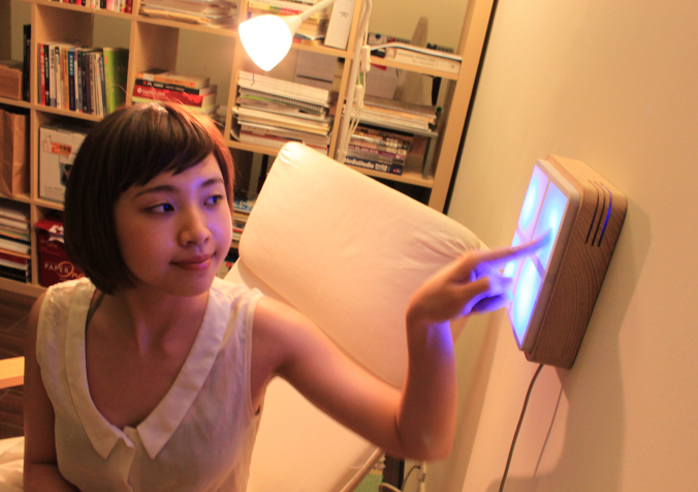Discourse about Gelatine
Just like traditional printing media will never be replaced by modern digital media, physical objects always carry their own value. Digitized information can only access by using a terminal, a piece of paper with information printed on it can be read at any moment. To pass on a digital file we need a communication protocol, to pass a piece of paper, we only need to hold out our hand.
We always care about the privacy in public space, but we open our mind to strangers in online chatroom. To brake the boundary between one and another, and to facilitate collaboration, we can borrow the idea from online chatroom. In online chatroom, we don’t know who we’re talking to, specifically, we don’t know who will receive the words we just typed in, and this makes us audacious.
We evaluate the project through the four lens from “Research Through Design”. From the “Process” point of view, Gelatine provides all the details about its hardware specification, including the RFID Checkin Point, the Thermal Printer; the user profile website / database / backend, the on-screen application, the visualisation of the data, and all the background information and the source code.
It also provides various novel inventions about the integration of the devices within the environment. They first create a system that allows users to create a personal profile, then integrates these information into database, and also stores timestamps for when users has checked in. The checkin point invites users to physically “check-in” by using their RFID membership card. Then the profiles of those who checked in will display simultaneously on the public screen, as word clouds. In the meantime, they also design a thermal printer that prints out a user profile ticket for each user that checks in. The public screen and the print out ticket provided engagement opportunities to all the present users.
In this system, the information carried by the users in the environment are embodied by the design artifact. It also becomes another types of “knowledge” in the library, for people who goes to the library. This finds the relevance of the design artifact and the environment.
About the extensibility, Gelatine elicits several discussion between the space and the people, and some future posibilities about the integration of Gelatine and other spaces. It also provokes the “sense of place” in our mind, and the awareness of self, space, and others.
Reference:
Bilandzic, M., Schroeter, R., Foth, M. 2013. Gelatine: Making Coworking Places Gel for Better Collaboration and Social Learning.

